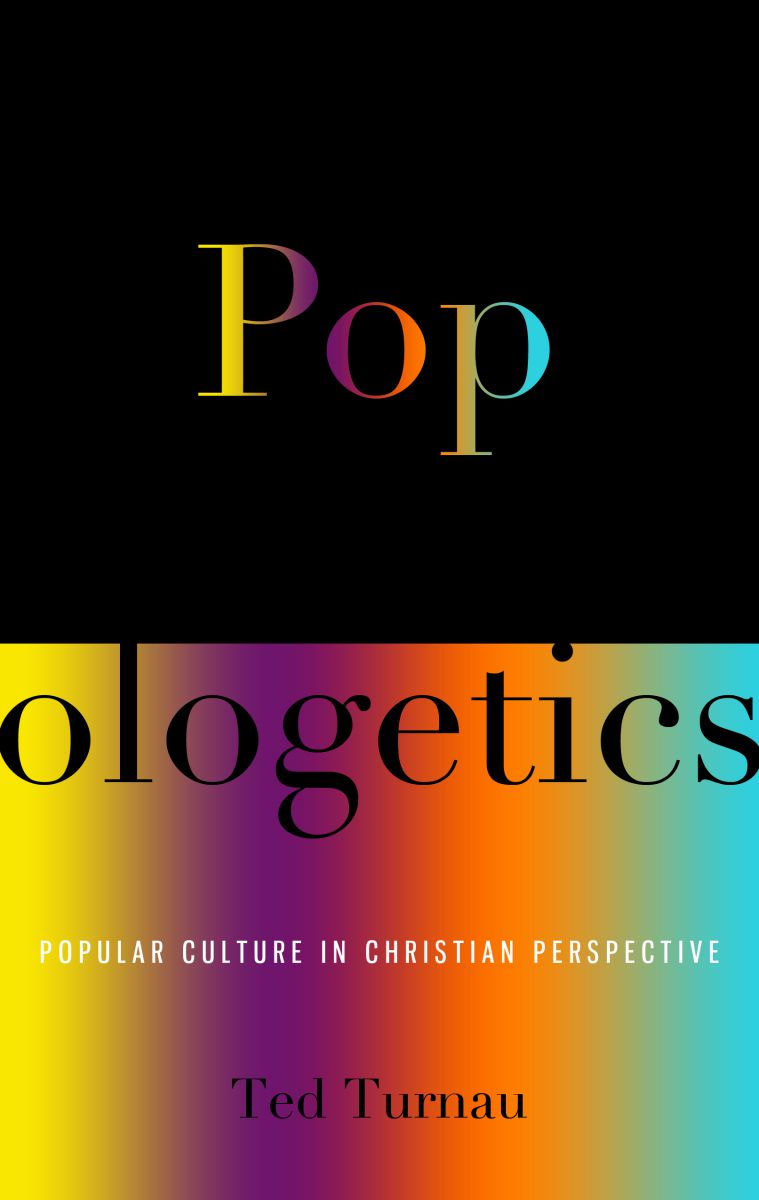Book Review: Popologetics (2)


See here for part 1. I concluded part 1 by asking, Does Turnau succeed in what he sets out to do?
************
In general, I would have to say that he does. Let me explain how.
The first four chapters provide the framework for Turnau’s approach. He defines popular culture and how it relates to the worldview concept. He argues for an approach to popular culture that takes into account the entire worldview behind a given “text.” It is not enough to simply deal with what’s on the surface of a movie or song. Those things are only the fruits. One has to dig deeper and try to discover the roots – the entire worldview of the person producing this cultural artifact. Chapter 4 lays out a “theology of popular culture,” exploring how the Christian view of creation, fall, and redemption help us to get a better grasp on what is going on around us in popular culture. What we have with the framework is a straight-forward presentation of Reformed theology and apologetics.
The second part of the book offers a critique of several “not-so-helpful approaches to popular culture.” These are approaches that are commonly found amongst Christians. These range from an approach that simply ignores popular culture to one that embraces everything in popular culture as being an expression of the voice of God. His critiques here are compelling and well-considered. Turnau makes a good case for being more careful and balanced in how we approach popular culture.
But it’s not enough to show where others have gone wrong. In the second part, Turnau did express some appreciation for aspects of other approaches. But it’s in the third part that he finally lays his cards on the table and pieces everything together for his own approach. Chapter 10 explains the method and then chapter 11 applies it. His method consists of asking and reflecting on five important questions:
- What’s the story?
- Where in the world am I?
- What’s good and true and beautiful in this world?
- What’s false and ugly and perverse in this world (and how can I subvert it)?
- How does the gospel apply here?
He then illustrates the method with several “texts” from popular culture: a 1979 song from the Eagles (Heartache Tonight), a documentary film (Grizzly Man), a Japanese anime and manga (One Piece), a family action-adventure movie (Kung Fu Panda), and social media (Twitter).
The book is well-written and well-packaged. By well-packaged, I mean to say that the author recognizes that he’s trafficking in concepts that will be new and unfamiliar to many readers. To help them out, Turnau has provided effective diagrams and illustrations. Each chapter and each part also ends with a concise summary of what’s been covered.
I found a lot in this book that was thought-provoking. Let me just share two items in particular. Chapter 7 discusses an elitist approach to popular culture. This approach distinguishes between high and low culture. One of its chief proponents has been Kenneth Myers, author of All God’s Children and Blue Suede Shoes. Myers and others like him argue that Christians should be culturally aware and involved, but not with popular or low culture. Instead, Christians should focus on traditional, high culture. Functionally speaking, that would mean learning to appreciate classical music and opera, rather than something like jazz. Turnau traces the historical roots of this distinction and illustrates how, from its beginning, it contained “implicit racial and class prejudices” (113). He then provides a case study with jazz. For many years, there was a widespread animus amongst white people towards jazz, “because it was the music of black people” (117). Moreover, “the complex rhythms and melodic and harmonic depth were all overlooked as being animalistic, too unreserved and unrefined to be taken seriously as culture” (114). However, over time this has changed and now jazz is played in venues like Carnegie Hall. Says Turnau, “The categories of high and low culture were, in fact, historical constructions, and ones founded on racist attitudes and perspectives; and the recognition of jazz as a high art form proved it” (116).
Another thought-provoking element in this book has to do with the Canadian media scholar, Marshall McLuhan. If you recognize that name, likely you know his famous aphorism, “The medium is the message.” This was part of my education at some point and I have long taken it to be a self-evident truth. Until Popologetics, I have never read a thoughtful Christian critique of what Turnau calls McLuhan’s “media determinism.” He argues that McLuhan overstates and oversimplifies the relationship between form and content. It would be better to say that “the medium deeply contours the message” (140). Another problem is that McLuhan goes too far in the formative power he attributes to media. Turnau offers more arguments, but I won’t rehearse them here. If you’re intrigued, by all means I encourage you to read the book for yourself. I found it especially interesting because this critique has application beyond popular culture. For instance, how we think about “the medium is the message” has a bearing on how we approach the use of projectors in public worship.


